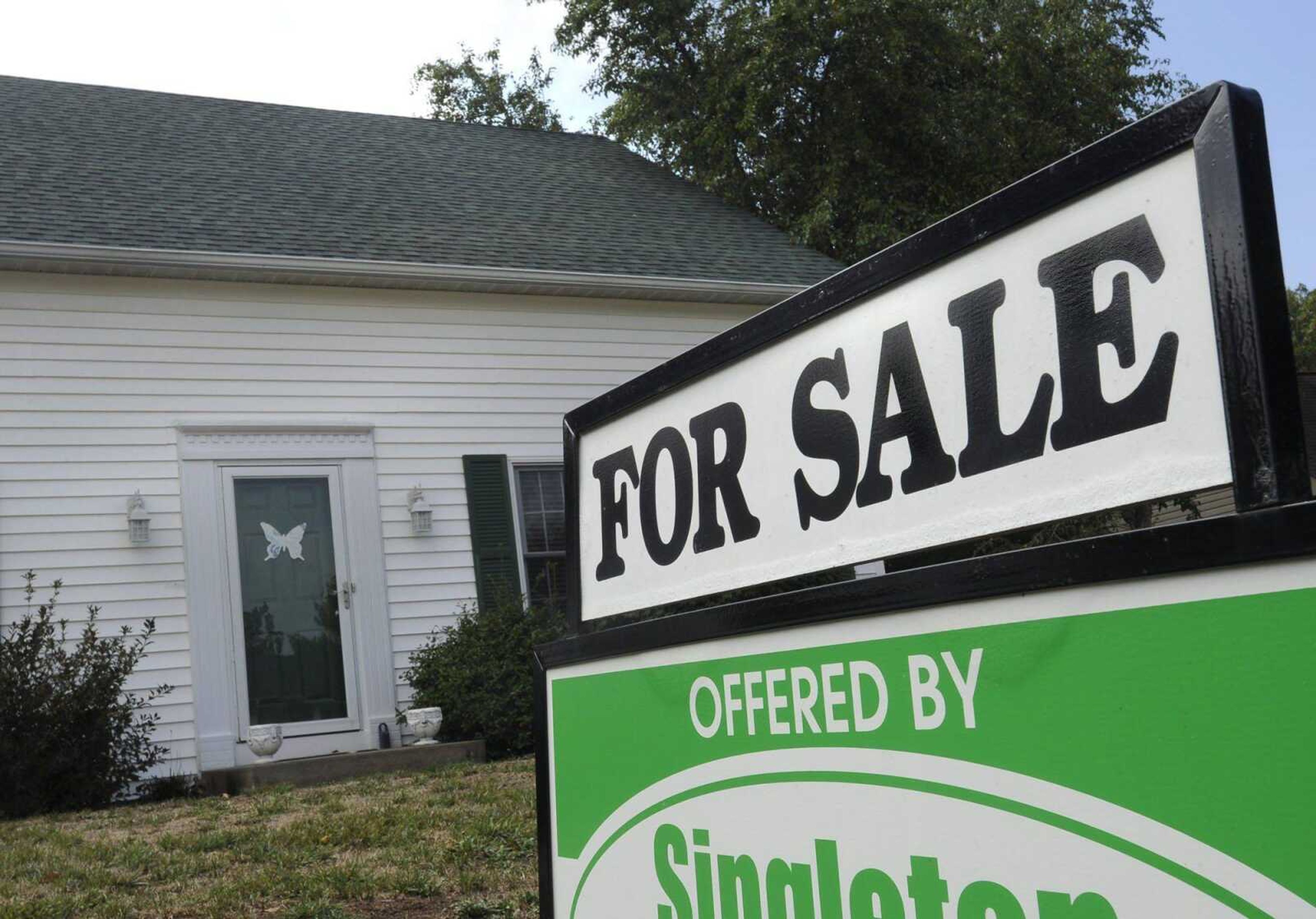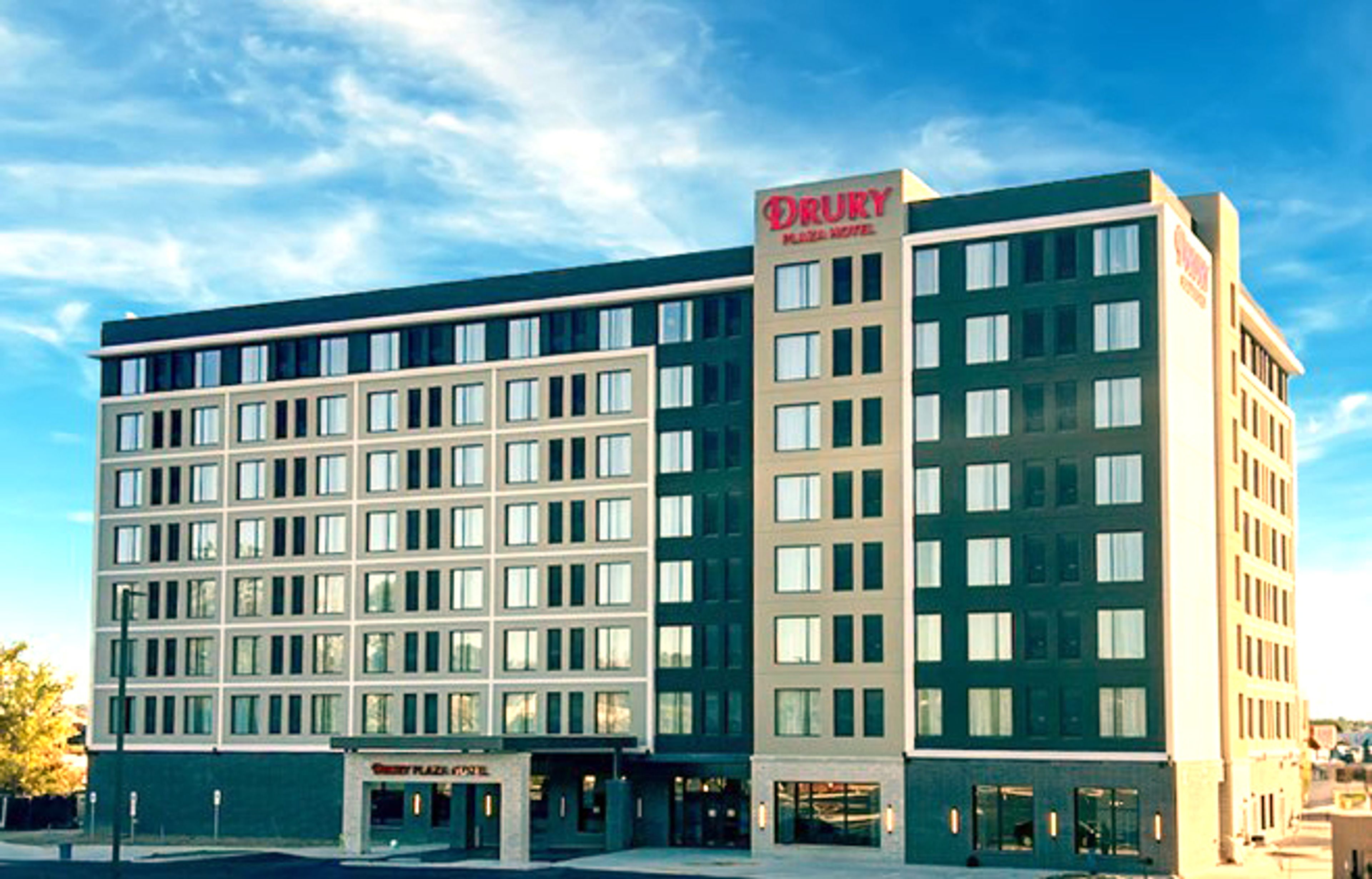U.S. home prices show consistent 12-month gains
WASHINGTON -- U.S. home prices are finally starting to increase consistently. A gauge of national home prices rose in June compared with the same month last year, according to the Standard & Poor's/Case Shiller index released Aug. 28. The year-over-year increase was the first since September 2010, a year when housing benefited temporarily from a federal home-buying tax credit...
WASHINGTON -- U.S. home prices are finally starting to increase consistently.
A gauge of national home prices rose in June compared with the same month last year, according to the Standard & Poor's/Case Shiller index released Aug. 28. The year-over-year increase was the first since September 2010, a year when housing benefited temporarily from a federal home-buying tax credit.
The report also noted that all 20 major metro areas tracked by the S&P/Case Shiller index posted gains in June from May. That's the second straight month in which prices rose in every city measured.
"I think we have turned the corner on prices," said David Blitzer, chairman of the S&P's index committee. "It looks very good."
A decline in foreclosures and the lowest mortgage rates in decades have helped some of the cities hardest hit by the housing bust. Prices have surged nearly 14 percent, for example, in the Phoenix area in the 12 months that ended in June. In Miami, they've risen 4.4 percent.
The steadiness of the price increases is helping bolster a nascent housing recovery that began earlier this year. Recently, the National Association of Realtors said sales of previously occupied homes jumped 10 percent in July compared with the same month last year.
Builder confidence rose this month to its highest level since the housing market went bust five years ago. And the average rate on a 30-year fixed mortgage has been below 4 percent all year.
As prices rise, more Americans will likely be inclined to put their houses up for sale. That could further energize the market, which has been hampered by a low supply of available homes.
"The best news on the housing front is that prices have turned," said Patrick Newport, U.S. economist at IHS Global Insight.
Newport said rising prices could help many Americans who owe more on their mortgages than their homes are worth now. It could also boost consumer spending if people feel wealthier. Consumer spending accounts for about 70 percent of economic activity.
Even with the gains, prices have a long way to go to recover from their plunge during and after the housing bubble burst in late 2006 and early 2007. Nationally, prices in June were 31.6 percent below the peak hit in April 2006, based on the S&P/Case Shiller index. In Phoenix, they were consistent with levels from 2002. In Minneapolis, prices are near 2001 levels.
Some markets may have yet to bottom. Prices in Atlanta fell 12.1 percent in June compared with June 2011. Las Vegas home prices dropped 2.1 percent in that period. Prices in both cities are consistent with 1998 levels.
The S&P/Case-Shiller index covers roughly half of U.S. homes. It measures prices compared with those in January 2000 and creates a three-month moving average. The June figures are the latest available.
Real estate agent David Hicks, the owner of Century 21 Premier Group in Minneapolis, said business at his firm is up about 20 percent over a year ago.
"I am optimistic that the sales increases we are seeing are part of a trend that will continue," Hicks said.
But further gains, Hicks noted, will depend on whether banks can sell off their backlogs of foreclosed homes, which continue to depress prices.
Phoenix and Las Vegas have been foreclosure hotbeds throughout the housing downturn. In each area, home values plummeted after bank-owned homes hit the resale market.
Investors and other buyers have been buying foreclosed properties in both markets, creating bidding wars for properties in some cases. That demand, plus a slowdown in the pace of new foreclosures coming onto the market, has led to a sharp drop in the supply of homes for sale.
Prices typically rise once foreclosure sales decline. That's what's happened in Phoenix. Several factors beyond housing make Phoenix an attractive market for real estate investors, who are driving much of the sales there, said Paul Habibi, professor of real estate at the Ziman Center for Real Estate at the University of California, Los Angeles.
Phoenix has a more diverse economy than, for example, Las Vegas, which relies on travel and tourism. The Phoenix-area population is rising, and it's enjoying growth in new infrastructure investment spending. It also was less overbuilt than Las Vegas, Habibi said.
That means it's going to take a lot longer for the Las Vegas market to recover.
"It doesn't have a lot of resiliency in down markets to weather the storm, and I think a lot of investors when they look at that get a little bit skittish about investing in Vegas," Habibi said.
Some economists expect sales of previously occupied homes nationally to rise 8 percent this year to about 4.6 million. That's still well below the 5.5 million annual sales pace that is considered healthy.
Many would-be buyers are having trouble qualifying for loans. Or they can't afford larger down payments being required by banks. A Federal Reserve report last month showed that many banks tightened their mortgage credit standards this summer.
Still, the housing market is steadily improving and is poised to contribute to economic growth this year. Modest growth and job gains are encouraging more Americans to buy homes.
Jonathan Basile, an economist with Credit Suisse, said improving prices should boost sales further in coming months.
"When Americans become more comfortable with selling their home, they also become more comfortable with buying another one," Basile said.
Connect with the Southeast Missourian Newsroom:
For corrections to this story or other insights for the editor, click here. To submit a letter to the editor, click here. To learn about the Southeast Missourian’s AI Policy, click here.







